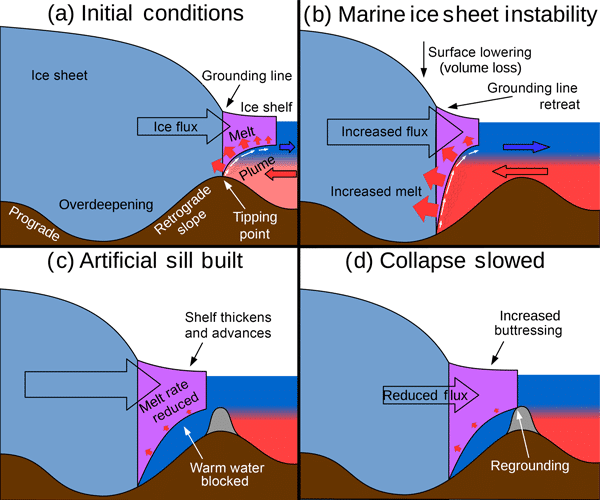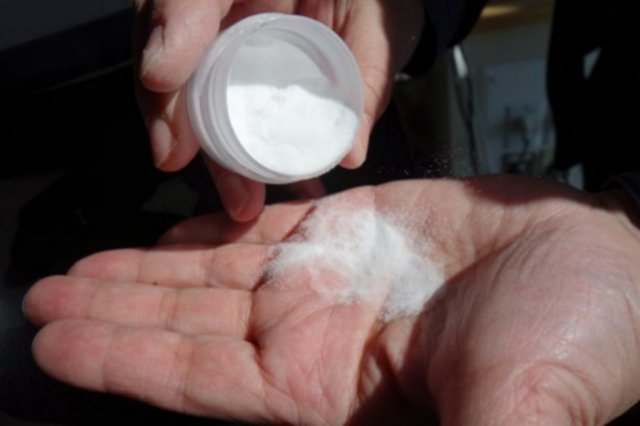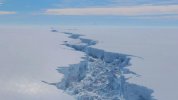A giant wall, wind turbines, white sand… what will save us from the icecap’s melting ? by Anna 2nd 8 (Mrs POPOTTE)
Scientists have a lot of ideas to prevent the melting of the icecap. However, those ideas are not always the easiest to realize. In this article, we are going to introduce three solutions for the icecap’s melting.
#1 : a giant wall
To understand this project, you have to know that in the ocean, the cold current are at the top and the hot current at the bottom of the ocean.
This wall will be placed at the bottom of the ocean, next to the iceap in order to avoid the contact between the ice and the hot ocean current. However with our current resources, the wall we can build has a success rate of 30 %. We will have to wait untill we get the resources needed to build this wall that will be 50 to 100 meters high for 80 to 120 meters long.

#2 : Ice911
Ice911 has the appearence of white sand grains but are actually microscopic pieces of glass.
For the icecap, the ice acts like a mirror that reflects the sun rays and prevent it from melting. But with the greenhouse making the sun rays more intense, the ice can no longer reflect them. The purpose of Ice911 is to reflect the sun rays like if they were the ice. The microscopic pieces of glass will stick to the surface of the ice.
In order for the project to be ecological, the materials were chosen carefully. Ice911 is made of silicon dioxyde which, according to the Arctic Ice Project, is not harmfull for the environment because it is already naturally present in the ocean. Plus, Ice911 will only add 0,000004 % of silicon to the one already present in the ecosystem.
#3 : Wind turbines
This project is currently in the process of being achieved. It involves placing 10.000 wind turbines off shore to power huge pumps. These pumps will take an amount of water and project it on the surface of the icecap. Considering that the temperatures are still negative, this will allow to make the ice cap thicker and therefore more resistant. To use this solution we will have to be more carefull with greenhouse gas emissions.


